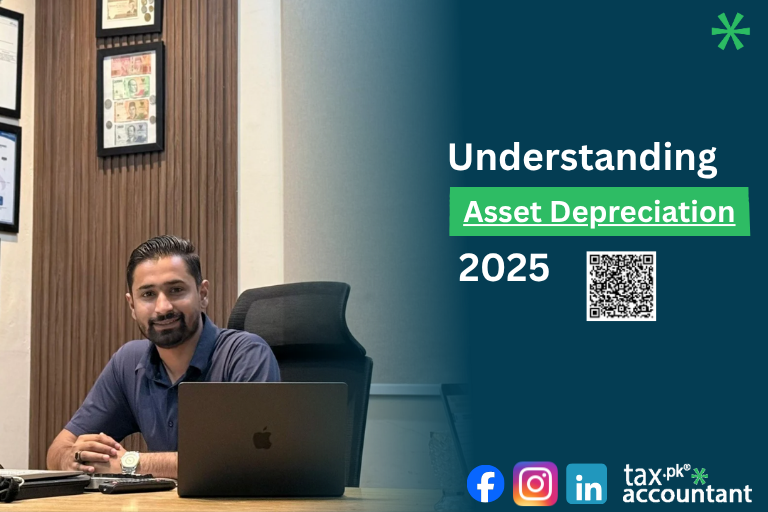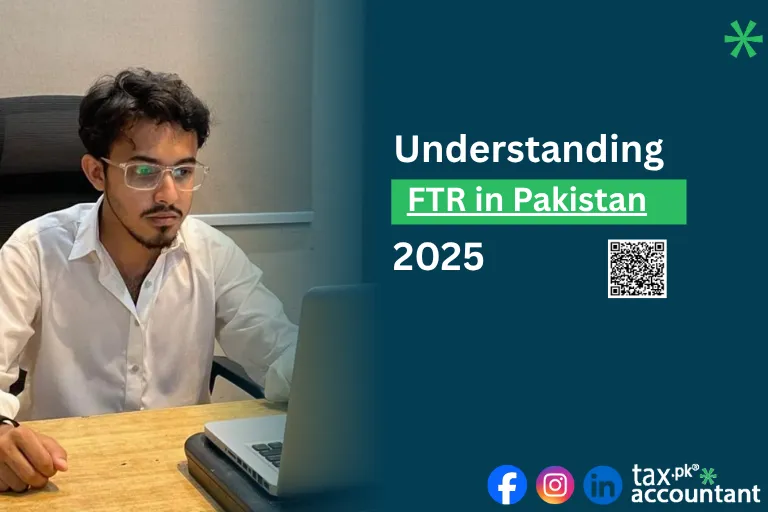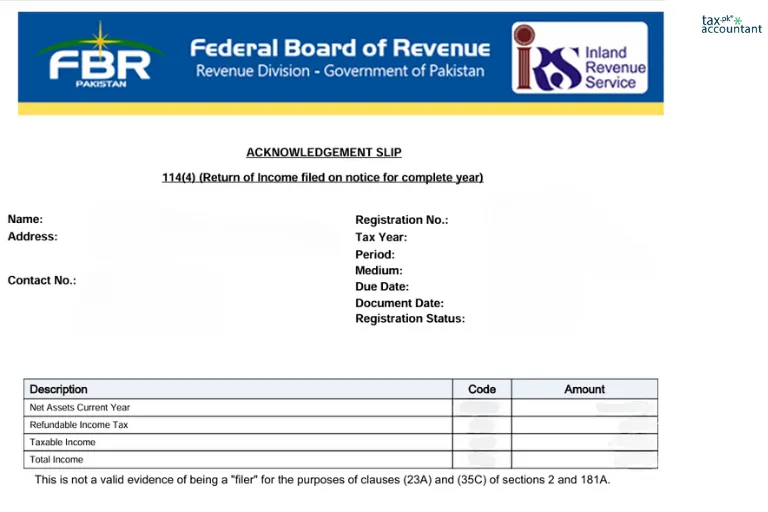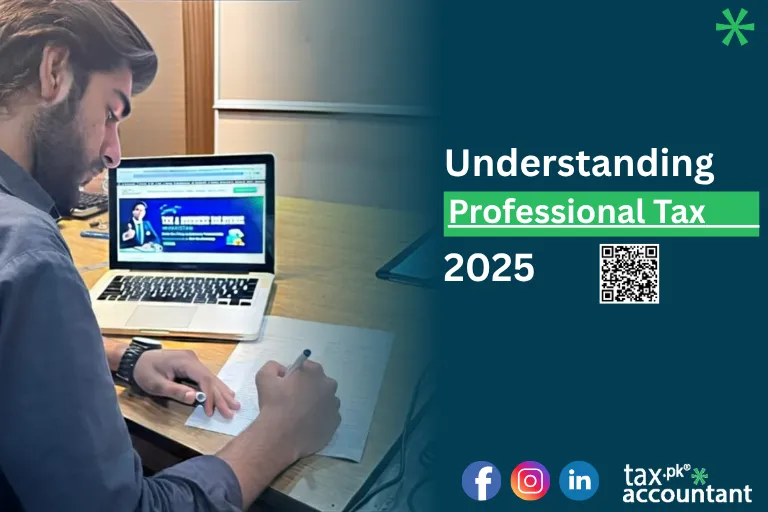Claiming Your Credits: A Taxpayer’s Guide to Reducing Tax Liability in Pakistan
As a responsible taxpayer, you know the importance of filing your annual income tax return. But filing is not just about paying the government; it’s also about claiming every legitimate deduction and tax credit available to you. Unlike a deduction, which reduces your taxable income, a tax credit is a much more powerful tool because it directly reduces the amount of tax payable—the actual money you owe.
The Income Tax Ordinance, 2001, provides significant incentives to encourage philanthropy, long-term saving, and personal security. Understanding and correctly claiming credits related to Donations, Voluntary Pension Schemes (VPS), and Health Insurance can significantly lower your tax bill.
If you have been making investments or charitable contributions this year, make sure you have the required documentation before the filing deadline!
The Power of Philanthropy: Tax Credit on Donations (Section 61)
The government actively encourages charitable giving by offering a tax credit on donations made to approved institutions. This mechanism allows you to support a good cause while simultaneously reducing your personal tax burden.
What Qualifies for the Credit?
Not every charitable payment qualifies. To be eligible, the donation must be made to an institution or fund that is specifically listed in the Second Schedule of the Income Tax Ordinance, 2001.
Commonly Approved Institutions Include:
- Educational Institutions (e.g., universities, schools, colleges).
- Hospitals (e.g., Shaukat Khanum Memorial Trust, Indus Hospital, and other approved medical facilities).
- Non-Profit Organizations (NPOs) approved by the Commissioner Inland Revenue.
- Government Relief Funds (e.g., Prime Minister’s Flood Relief Fund).
The Golden Rule: Proof of Payment
This is the most critical step: The donation must be made through a banking channel.
- Crossed Cheque: A cheque crossed with ‘A/C Payee Only’.
- Bank Draft/Pay Order.
- Online Bank Transfer/Wire Transfer.
Cash donations, regardless of the amount, DO NOT qualify for this tax credit. You must also ensure you obtain an official, stamped receipt from the recipient organization.
How the Tax Credit is Calculated
The tax credit is calculated using your average rate of tax applied to the donated amount. However, the total amount of the donation eligible for the credit is restricted.
The credit amount will be based on the LOWER of the following three figures:
- Actual Donation Amount: The amount you actually donated.
- 30% of Taxable Income: For individuals, the eligible donation amount cannot exceed 30% of your Total Taxable Income for that year.
- The Resulting Tax Credit: The actual tax credit you receive is the amount of tax calculated on the eligible donation amount (from the lower of 1 or 2) at your average rate of tax for the year.
This ensures you are rewarded for your generosity, but within a reasonable limit defined by your overall income.
Saving for Tomorrow: Tax Credit on Investment in Voluntary Pension Schemes (Section 63)
The government recognizes the importance of self-funded retirement planning and offers one of the most significant tax incentives for investing in a Voluntary Pension Scheme (VPS). Investing in a VPS allows you to build a substantial retirement fund while immediately reducing your tax liability.
What is a Voluntary Pension Scheme (VPS)?
A VPS is a long-term retirement savings plan. It is professionally managed by an Asset Management Company (AMC), which is licensed and regulated by the Securities and Exchange Commission of Pakistan (SECP). The scheme operates on a defined contribution basis, meaning your final fund value depends on the contributions you make and the returns generated by the fund manager over time.
Eligibility and Conditions
- Who can claim? Any individual taxpayer, whether salaried or running a business, whose income is chargeable to tax.
- The Investment: The investment must be made in a VPS offered by an AMC that is approved by the FBR.
- Proof: You must retain the deposit slip/bank challan and the annual statement from the AMC confirming the investment amount.
The Power of the VPS Tax Credit
This credit is extremely valuable because it directly encourages savings. The tax credit is calculated on the amount you invest, subject to a cap.
The credit amount is based on the LOWER of the following two figures:
- Actual Contribution: The amount you actually invested in the VPS during the tax year.
- 20% of Taxable Income: The investment amount eligible for the credit cannot exceed 20% of your Total Taxable Income for the year.
The tax credit itself is the amount of tax calculated on the eligible investment amount (from the lower of 1 or 2) at your average rate of tax.
Special Note for Senior Citizens: If you are 51 years of age or older on the 1st day of the tax year, the limit is often higher to encourage late-stage retirement saving (it may be increased up to 30% of your taxable income, subject to certain conditions). Always consult the latest FBR circulars for the current tax year.
Securing Your Health: Tax Credit on Health Insurance Premiums (Section 62)
Planning for unexpected medical expenses is crucial, and the government offers a small but important tax relief for individuals who purchase health insurance.
Eligibility and Coverage
- The Policy: The policy must be a Health Insurance Policy (not a Life Insurance policy) issued by an insurance company registered and working under the relevant laws in Pakistan.
- The Coverage: The policy must cover the individual taxpayer, their spouse, or their dependent children.
- Proof: You must have the official receipt from the insurance company clearly detailing the premium paid during the year.
Calculation and the Cap
While this tax credit uses the same average rate of tax methodology, it has a strict monetary cap.
The premium amount eligible for the credit is the LOWER of the following three figures:
- Actual Premium Paid: The total premium amount you paid during the year.
- 5% of Taxable Income: The premium amount eligible cannot exceed 5% of your Total Taxable Income.
- Maximum Limit: A fixed cap of Rs. 150,000/- (Rupees One Hundred and Fifty Thousand).
The actual tax credit is the amount of tax calculated on the eligible premium amount (from the lowest of 1, 2, or 3) at your average rate of tax. This credit is a great incentive to protect your family’s financial future against medical emergencies.
Final Steps for a Flawless Claim
Successfully claiming these tax credits means being meticulous during the filing process:
- Collect Original Documentation: For all three credits, you need bank records (cheques/transfers) and official receipts from the approved institutions/companies.
- Verify Status: Before donating, confirm that the institution is on the FBR’s https://www.fbr.gov.pk/ approved list or in the Second Schedule.
- File Correctly: When completing your income tax return on the FBR IRIS https://iris.fbr.gov.pk/login portal, ensure you enter the amounts in the correct sections (specifically under the relevant sections for Tax Credits).
By taking advantage of these provisions, you not only fulfill your financial goals—be it saving for retirement, protecting your health, or supporting charity—but you also legally and significantly reduce your tax liability. Don’t leave money on the table; claim your well-deserved credits!
Disclaimer: This information is based on the general provisions of the Income Tax Ordinance, 2001, and is intended for informational purposes only. Tax laws are subject to frequent changes. Always consult with a qualified tax advisor or reference the latest FBR notifications for the specific tax year you are filing.
For such services.contact us at https://taxaccountant.pk/














One thought on “Understanding Tax Credit-2025”